Elephant poaching crisis: Last chance for Africa's greatest creatures
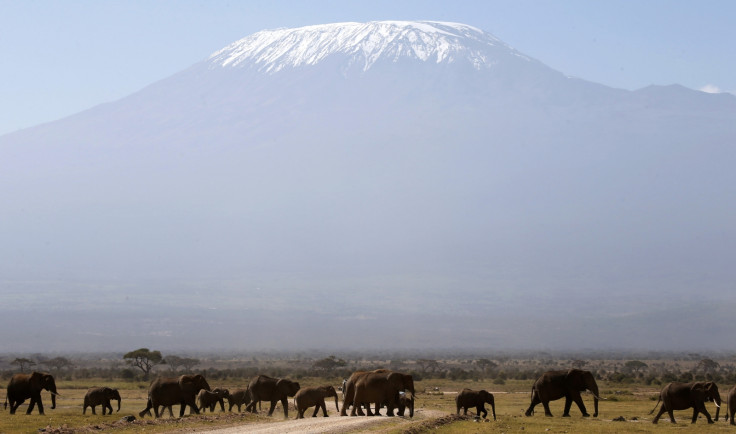
Hundreds and thousands of elephants are being poached for their ivory across Africa, with recent reports showing populations in Tanzania and Mozambique are plummeting as a result of the illegal wildlife trade.
In Tanzania, home to the vast savannah grasslands of the Serengeti, numbers have crashed from just under 110,000 in 2009, down to 43,330 last year. In Mozambique, there has been a 48% drop in populations – down from 20,000 to 10,300 in just five years.
However, the elephant crisis facing Africa may be turning after China – one of the biggest consumers of illegal ivory – announced steps to ban the trade. At the end of last month, the Chinese government crushed over 650kg of confiscated illegal ivory and announced plans to strictly control its processing and trade until "sale of ivory and its products are eventually halted".
Although China set no timeline on when controls will come into place, it called on the US to also tighten its rules on the ivory trade – a key point the latter has always pointed to following international calls for a ban on ivory.
Simon Hedges, who coordinates the Wildlife Conservation Society's elephant programme across Africa and Asia, told IBTimes UK: "One of the issues is when countries call on China and Thailand etc. to shut down markets, it seems rather inconsistent when the UK has ivory for sale legally on the streets of London. People from the Chinese government then rightly say: 'Well, why are you asking us to do something you're not prepared to do yourself?'"

California recently passed a vote to ban the sale of ivory – a bill that will now go to the California Senate. Other states have taken similar steps – including New York and New Jersey – but at the moment the move is more symbolic than having a major practical purpose.
"It will certainly help to reduce the amount of ivory which is being sold there," Hedges said of the California vote. "It will help reduce the amount of ivory being sold legally. Any kind of closure of a market has to be coupled with efforts to reduce demand, obviously if you just ban something the demand just goes underground. There needs to be work and education to make people not want whatever it is in the first place.
"I think what's good in the US is its making efforts on federal and state level to get its own house in order, which helps reduce ivory trade but also to speak from a position of consistency and not being hypocritical."
How a shift in China changes the ivory landscape
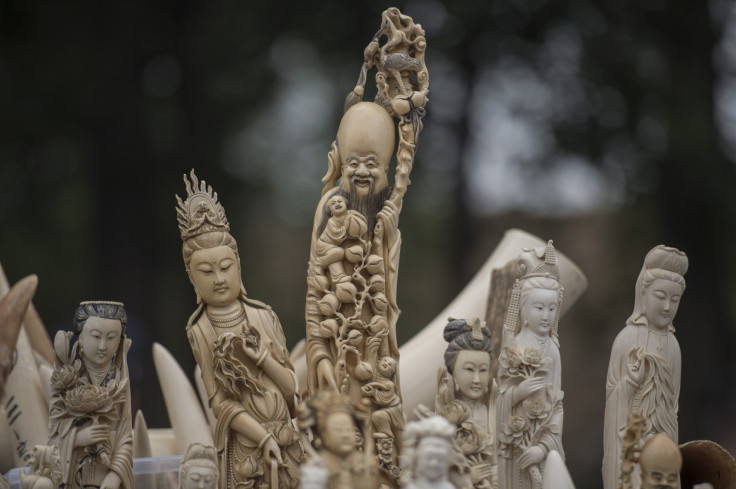
The current elephant crisis largely comes from increased demand in China as a result of a rise in disposable wealth. "Most of the illegal ivory in the world is flowing into China," Hedges said. "Some of the previous analysis suggests it's about 70% of illegal ivory was ultimately destined for China."
It is worth noting elephant numbers have not been in continuous decline since the 1980s, when poaching decimated populations until an international ban on the trade of ivory came into effect in the 1990s. After this, numbers started to increase across Africa.
The latest crisis began in the early 2000s and there was a surge in poaching around 2005/2006. the industry is now worth billions of dollars: "It's clearly a tremendously lucrative market that has attracted organised criminal networks and gangs into the trade who are now by far the most significant players in getting the ivory from Africa through to the markets.
"I think in the early part of the crisis there was a moving away from support for law enforcement across large parts of Africa making it easier for poachers. As demand in China went up, prices went up, the criminal gangs and sophisticated networks that now dominate, that brought them into it to a much larger degree than we'd previously seen."
However, a curb on trade will not immediately rectify all the problems involved. The next step will be to stop the demand, so people no longer see it as a desirable luxury product. Hedges said it is vital to make the link between buying ivory, elephants being slaughtered, and the livelihoods of people living in Africa.
Poaching gangs

"It is such a wealth generating illegal trade," Hedges said. "You've got professional poaching gangs who are making a lot of money out of it." Poachers have developed more sophisticated methods of getting ivory out of Africa and shipping it to the Far East. While poachers are using the same methods, the complexity of the middle men has developed because of the surge prices.
As well as militia groups carrying out the poaching themselves, sometimes dominant gangs will recruit poor people to do it for them. And when living side by side with elephants, this is not always an unattractive option.
"In the West we often hear people talking about elephants being gentle giants but of course they're not," Hedges said. "They're big dangerous scary animals that kill people and trash their crops. We need to recognise that and make sure people who are living side by side with elephants are treated fairly and are not unduly criminalised as a result of efforts to combat poaching.
"The whole poaching crisis is driven by these organised gangs is undermining development and is making countries that are already pretty corrupt worse. Livelihoods are made worse for those people who not only have to put up with living next to elephants destroying their crops but they have poachers coming in having gun fights with rangers."
Botswana and Uganda's success stories
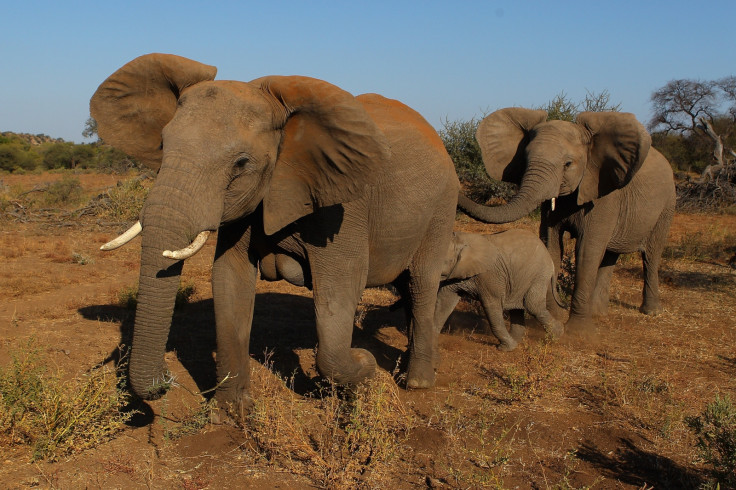
Across Africa elephant poaching varies vastly from country to country. Mozambique spent decades in civil war and it is still recovering, especially financially. Implementing conservation strategies there is more difficult than other nations. Geographically it is also in a key location for getting the ivory out of Africa.
In Uganda, on the other hand, elephant populations are increasing. Numbers there plummeted in the 70s and 80s with just 700 individuals left in the country at their lowest point. However, with government support and strident conservation efforts, populations have increased to over 5,000 individuals.
"There are scattered examples across Africa that if people take protection seriously then numbers can go up," Hedges said. "It's certainly to Uganda's credit that it seems to be getting on top of the situation there."
However, the numbers being seen in Uganda do not make up for the losses elsewhere: "It's encouraging that the numbers are going up but these are relatively small populations so they're somewhat dwarfed by the collapse of populations in Tanzania and Mozambique. The scary thing is that Tanzania has lost something like 60% of its elephants in the last five years. These are tens of thousands of elephants being lost."
More promising is Botswana, which now has about a third of Africa's elephants and has "very much got the poaching problem under control" - showing "that if the government is serious about addressing the problems it can do so".
Alternative conservation strategies
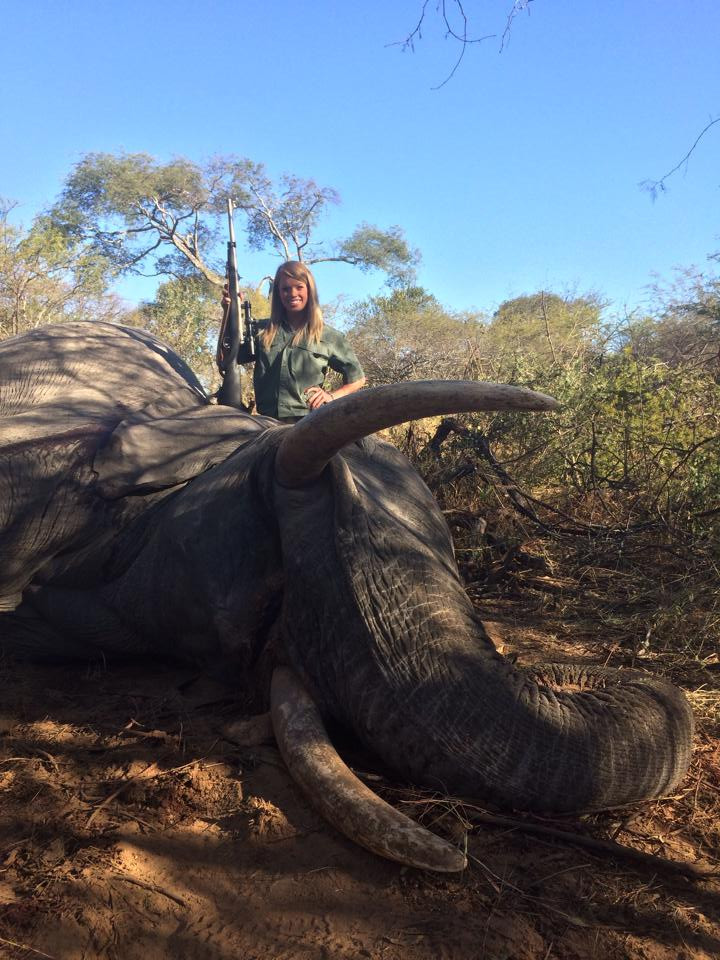
Over recent years there has been widespread press about trophy hunting and its effect on conservation. Animal rights and welfare groups categorically oppose the practice – and there is widespread condemnation across social media channels when individuals partake. For example, last year Texas cheerleader Kendall Jones received death threats after posting pictures of herself online next to dead animals she had killed on safari.
Hedges said that although he would never want to go out and shoot an elephant personally, from a conservation standpoint it can work "when stars align". In Namibia, trophy hunting has become very successful, bringing local people into conservancies and generating wealth that is then put back into the protection of animals. Local people are given an incentive to maintain wildlife on their land.
"That doesn't mean it is a model that can be replicated in other places," he added. "It's very much situation specific. In Namibia there are not many people - it's the second lowest density of people on the planet second only to Mongolia. It's got a pretty highly functioning government, good levels of transparency – good scores based on governance levels so you don't get the corruption seen in other places undermining the setting. When those stars align, that kind of approach can help."
Hedges also warned it is very difficult to replicate this sort of success, so other methods are needed to encourage people to tolerate wildlife, even if they do not enthusiastically share the land with it. "We need to make sure people are not actively suffering from living next to the elephants."
What Hedges strongly disagrees with is the development of bioengineered products like the 3D printed rhino horn currently being developed by US firm Pembient. The company is expected to release its first 3D printed rhino horn later this month and they say it is genetically similar to poached horns so could serve as an alternative on the market to decrease demand.
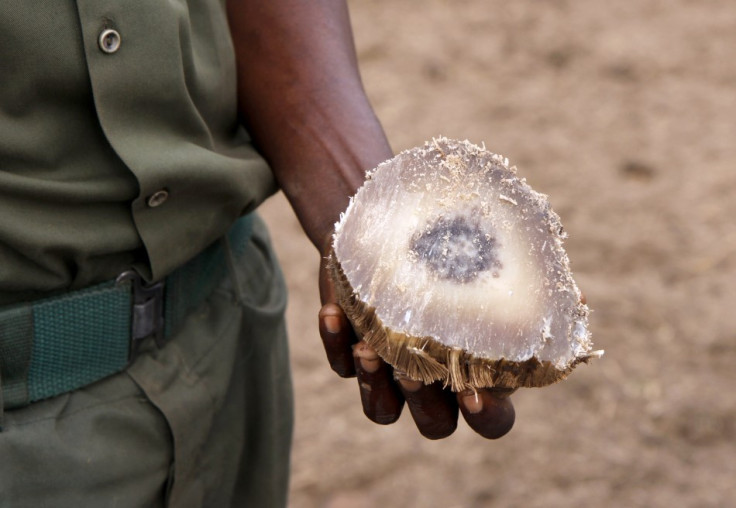
"I think the rhino horn example is very dangerous and I know I'm not alone in this," Hedges said. "A lot of people who work in trafficking of wildlife products generally and rhino horns specifically are pretty unhappy with that proposal.
"One of the key things is to make sure demand for products doesn't outstrip any kind of supply. So a lot of people are working to reduce demand for rhino horn and this could potentially completely undermine that. There's often a premium on genuine wild artefacts versus artificial ones, so by providing lower cost artificial rhino horn, you might be helping keep demand for genuine wild rhino horn higher than we would like which would undermine efforts to combat poaching.
"Similar issues would face proposals for the same for ivory. There would have to be a lot more discussion about the likely implications on the economics of the trade and the driving sources of the trade before anyone would recommend it. And I think consensus at the moment is that the rhino horn thing is potentially quite a risky initiative."
Extinction threat?
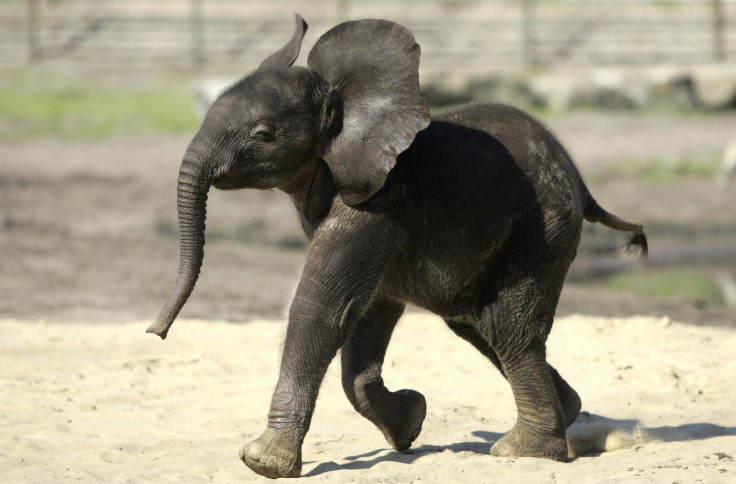
In short, the answer is no. Hedges said when people say the entire species could be gone in 20 years is "unhelpful scaremongering". The bigger threat is seeing certain populations going extinct: "Elephants are going to remain in quite a number of places, it's just that we're going to lose range and some countries are going to lose their populations if we don't turn this around. But the species itself is not very likely to go extinct at all in the foreseeable future."
He said the problem is that it is important to have elephants across many ranges. They bring in tourist revenue and distribute seeds for timber, as well as the moral and ethical concerns.
"We need to get on top of the crisis for all those reasons, and of course the impact it has on security and the livelihood and people's lives as well. The poaching crisis is a crisis of people as well as elephants. There are some signs of hope – there are places like Uganda and Botswana where numbers are going up.
"The announcement by China that they're ultimately going to halt the trade - it's not entirely clear what the timetable is but it's probably in the next year or so. That will make a big difference. There are reasons for some guarded optimism, it's by no means a lost battle. It's been done before too in the late 80s. We know it can be done. I think there are reasons to be optimistic it can be done again."
© Copyright IBTimes 2025. All rights reserved.






















